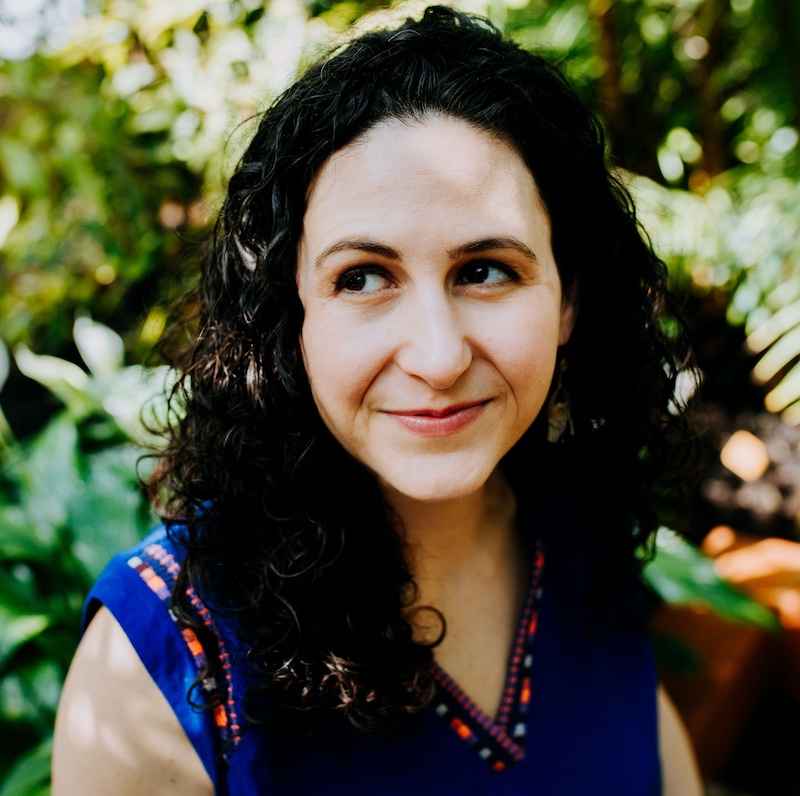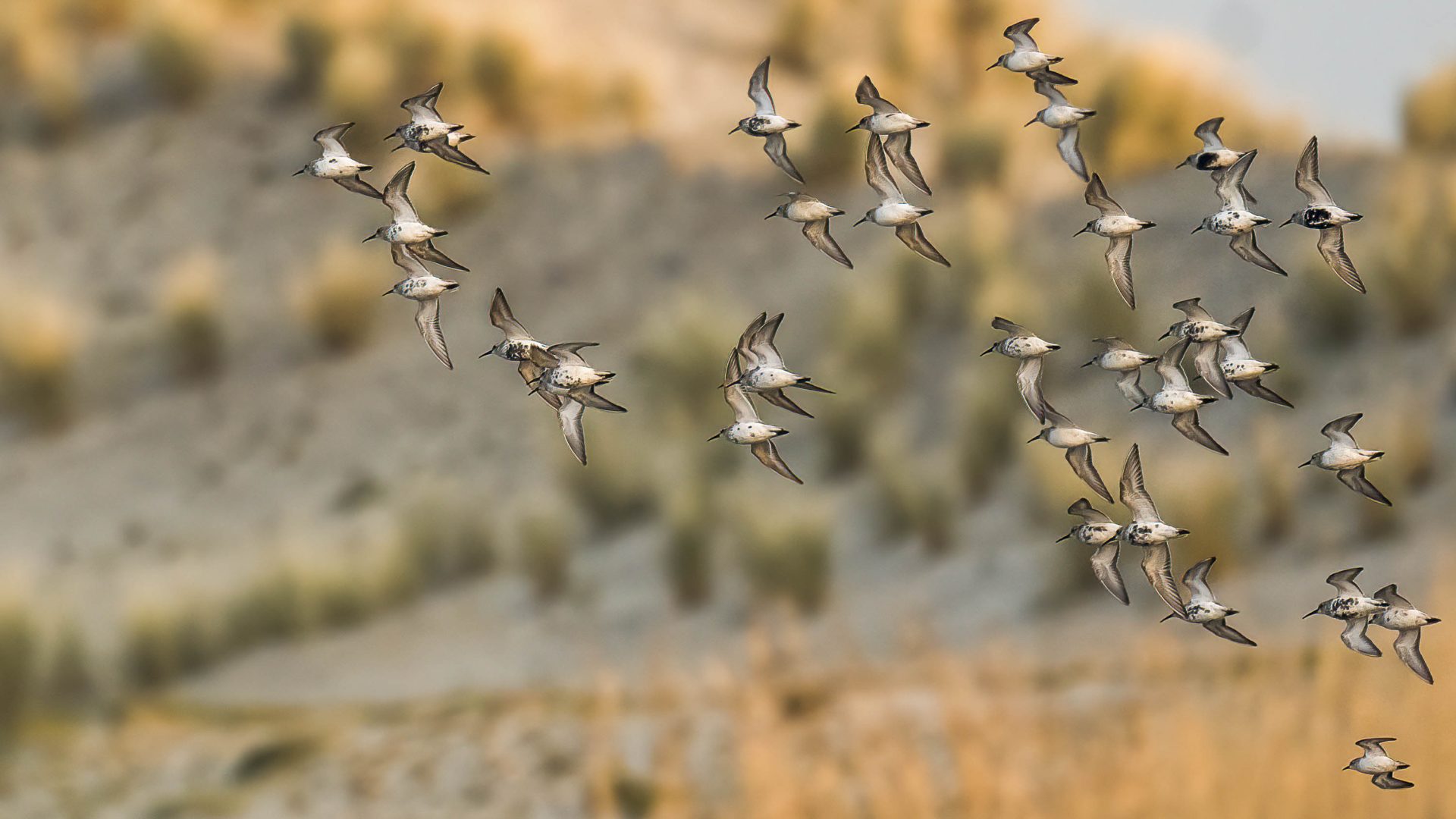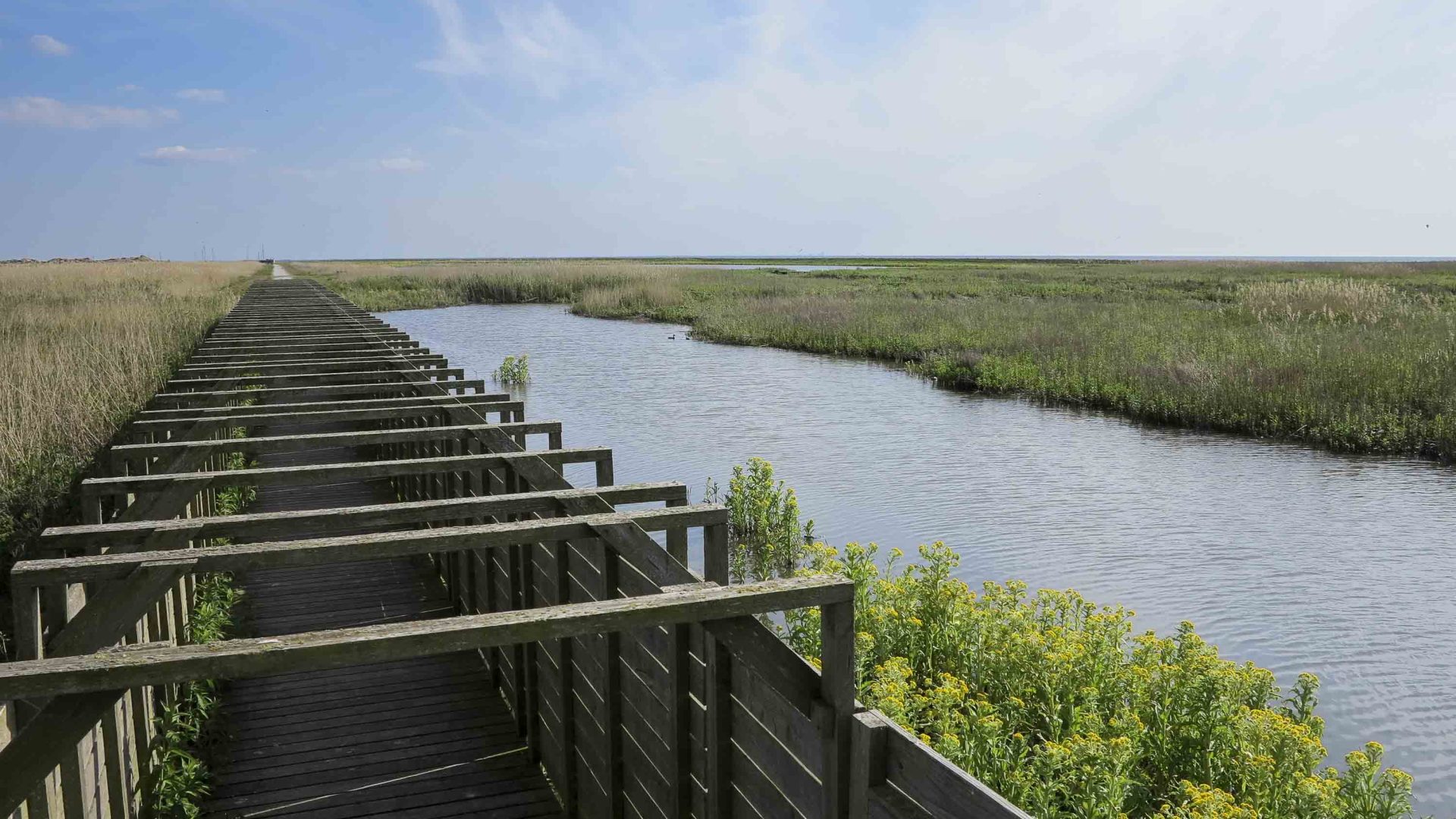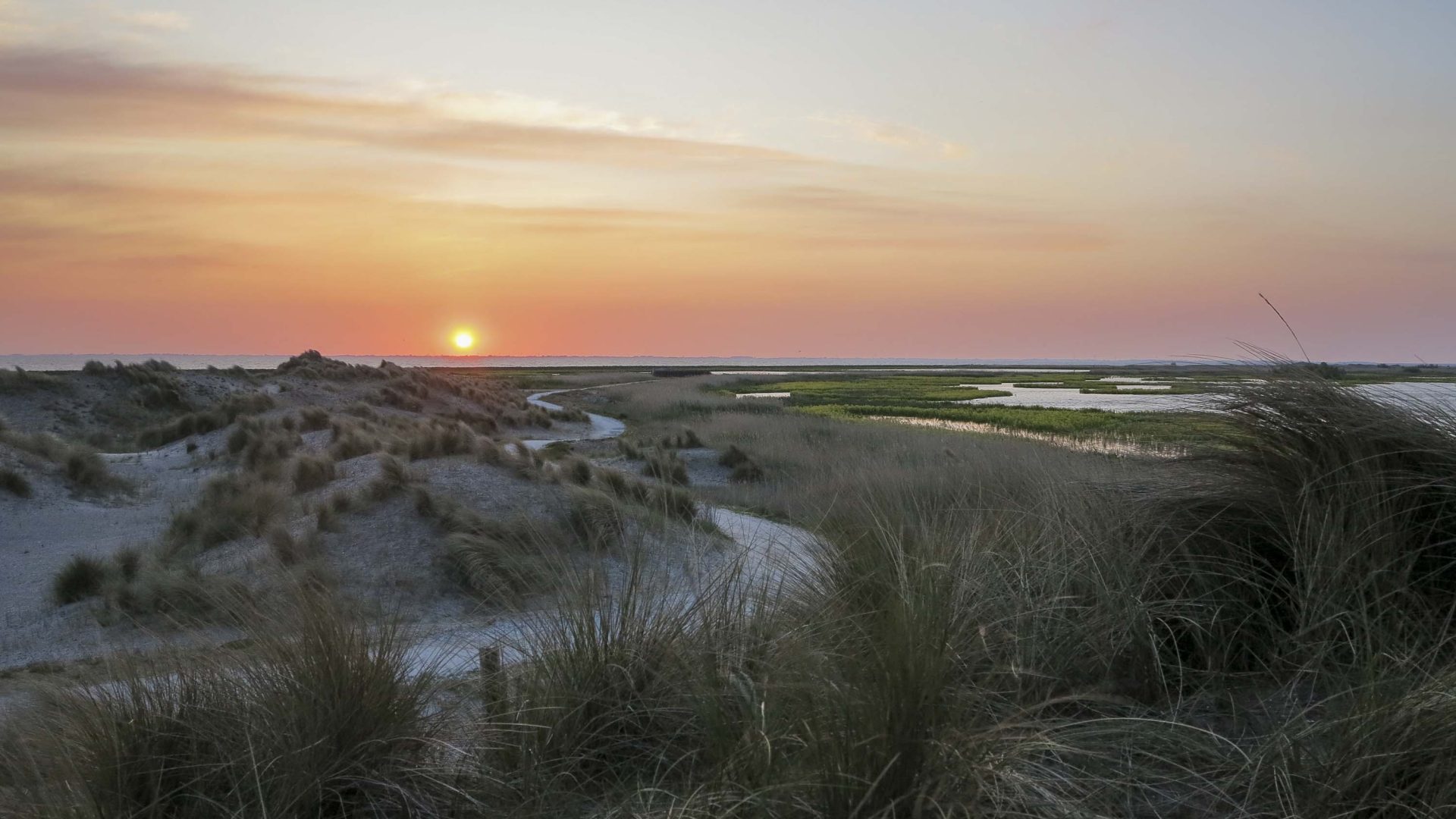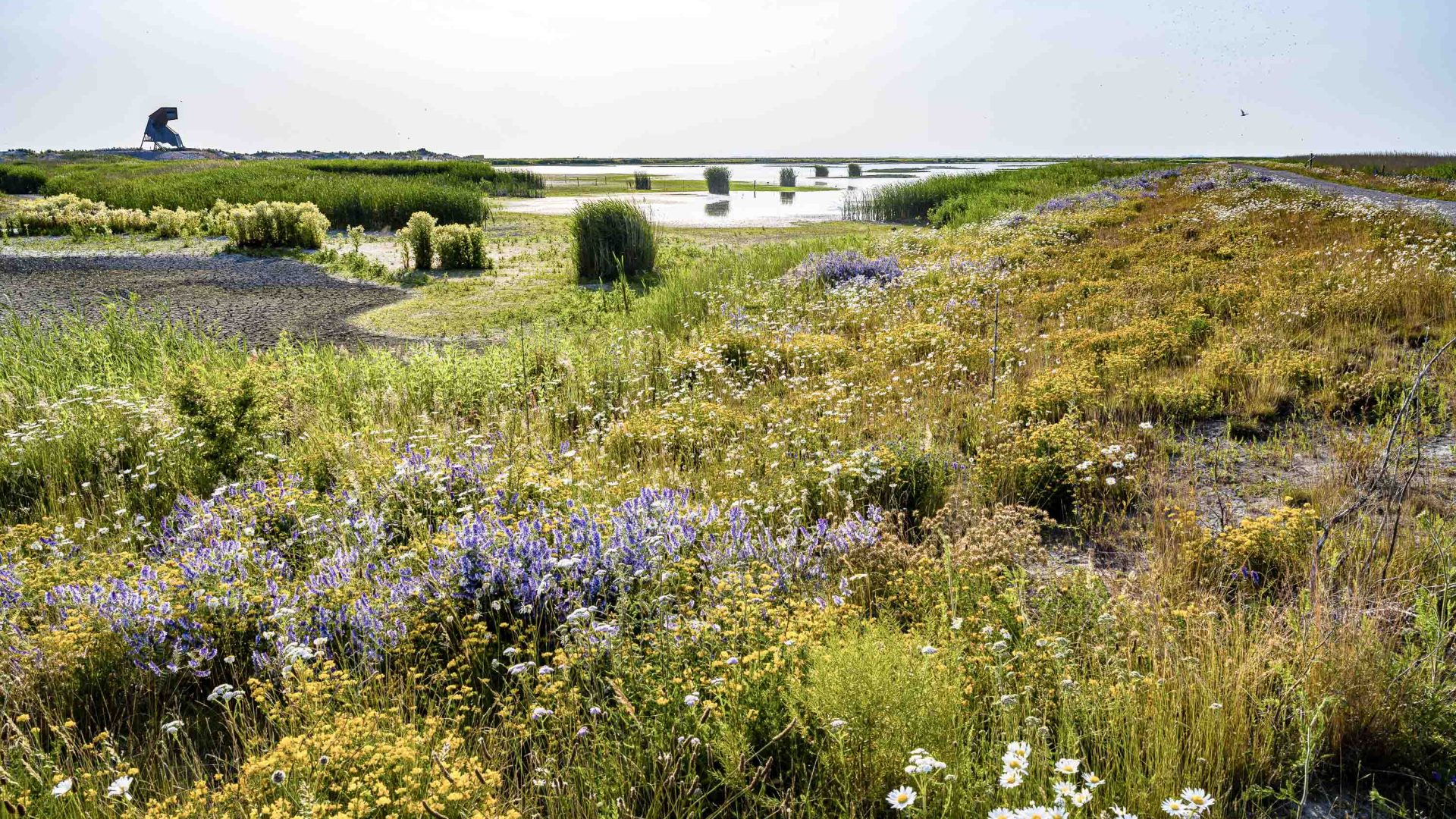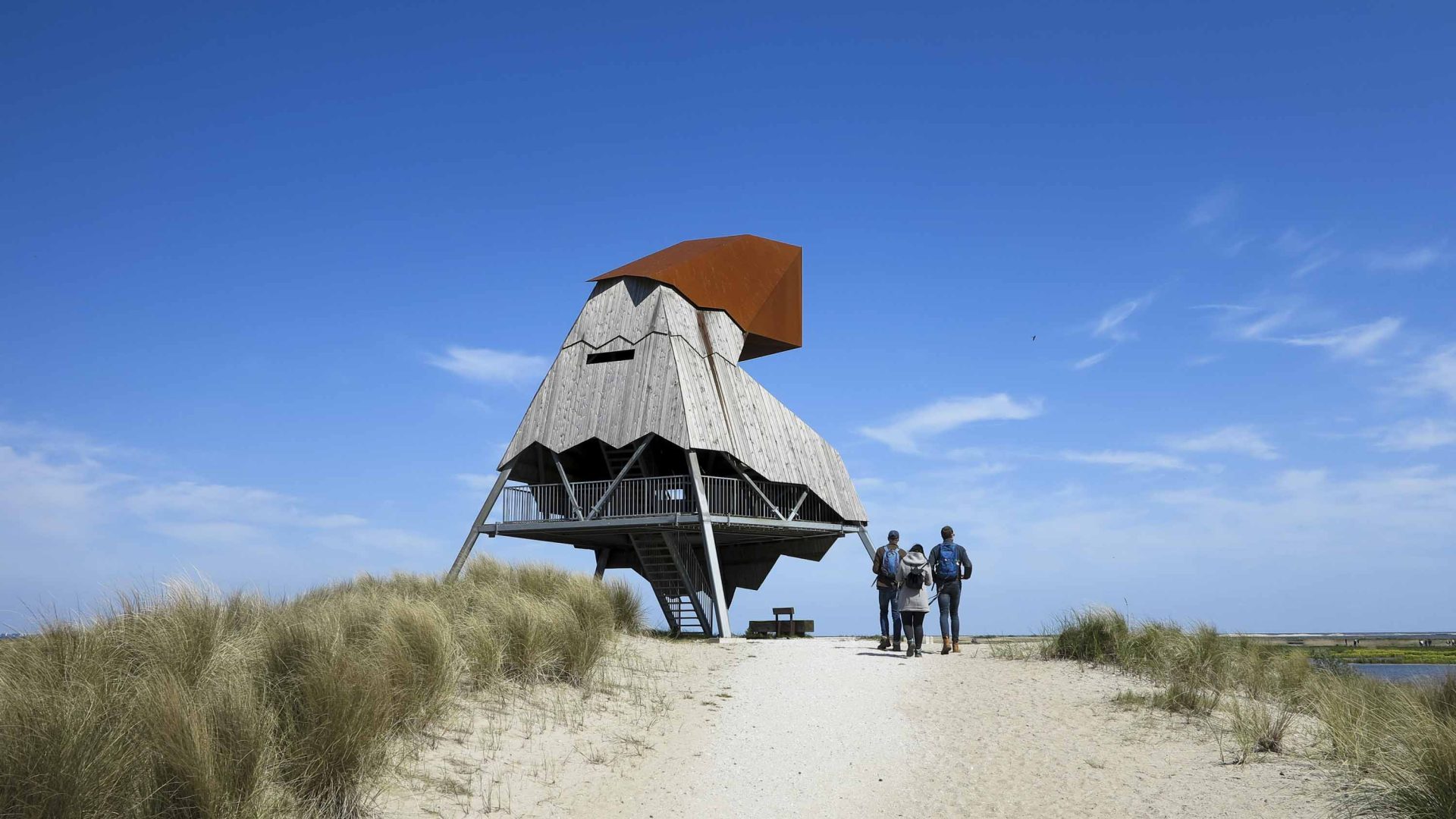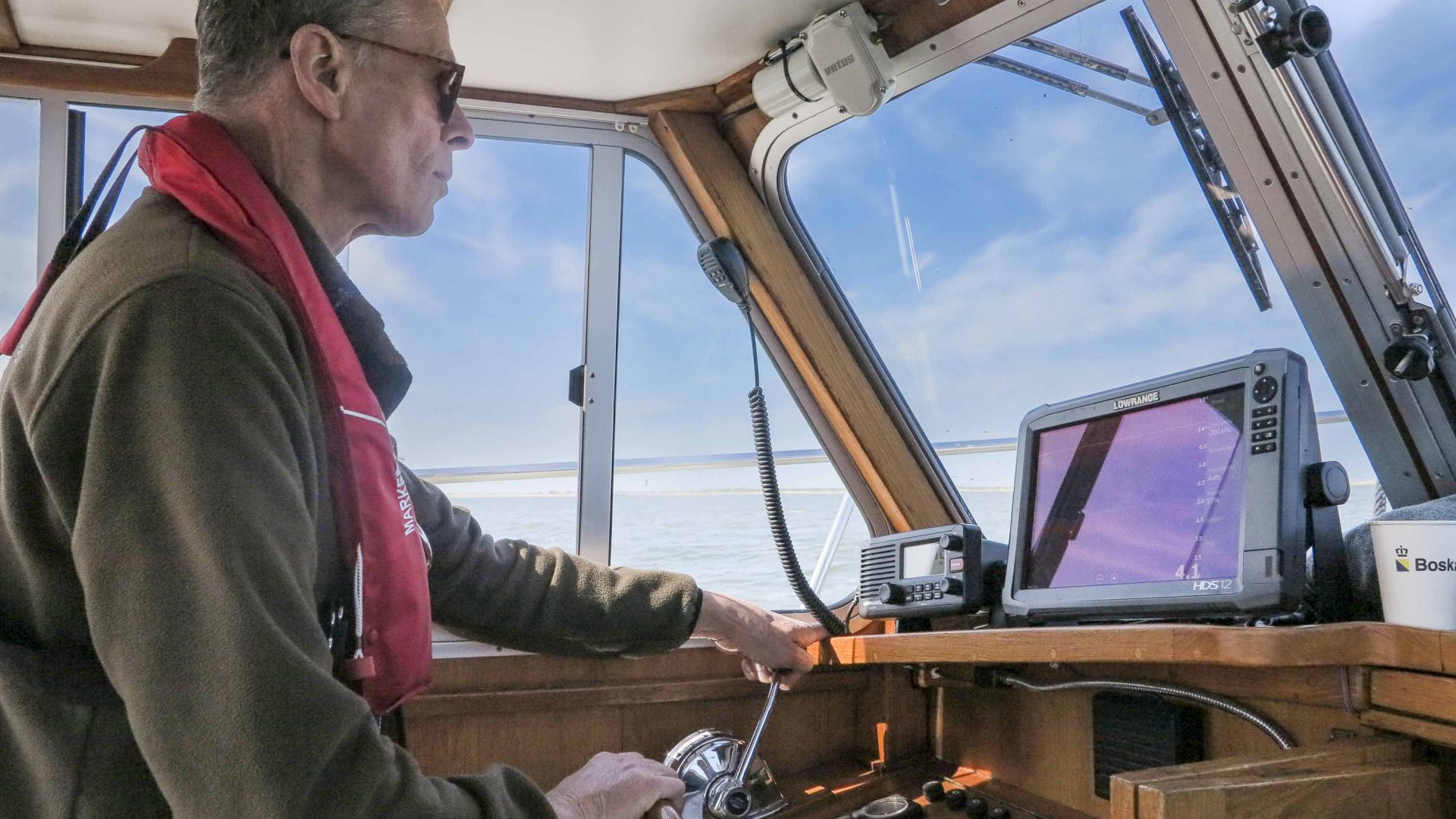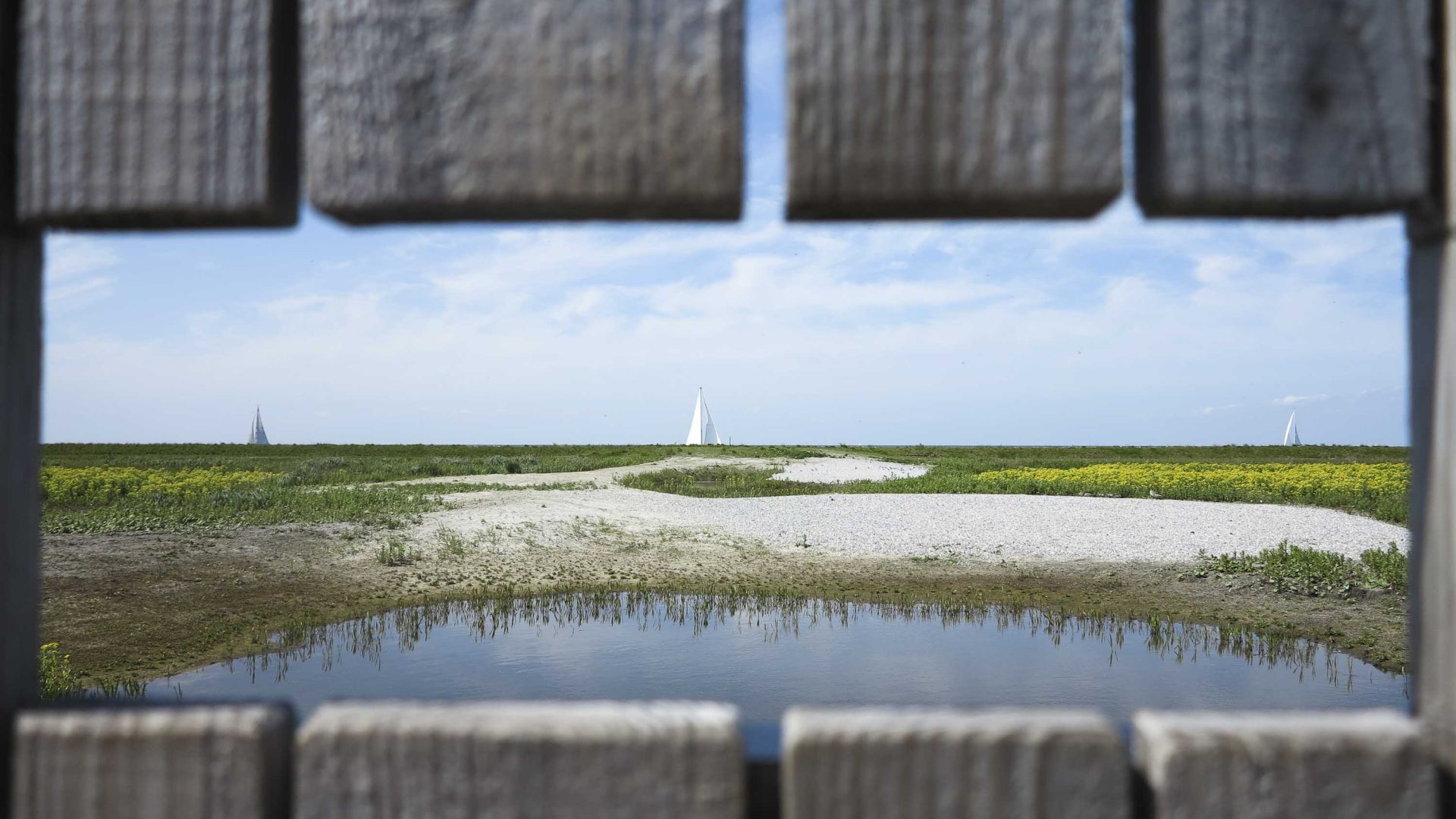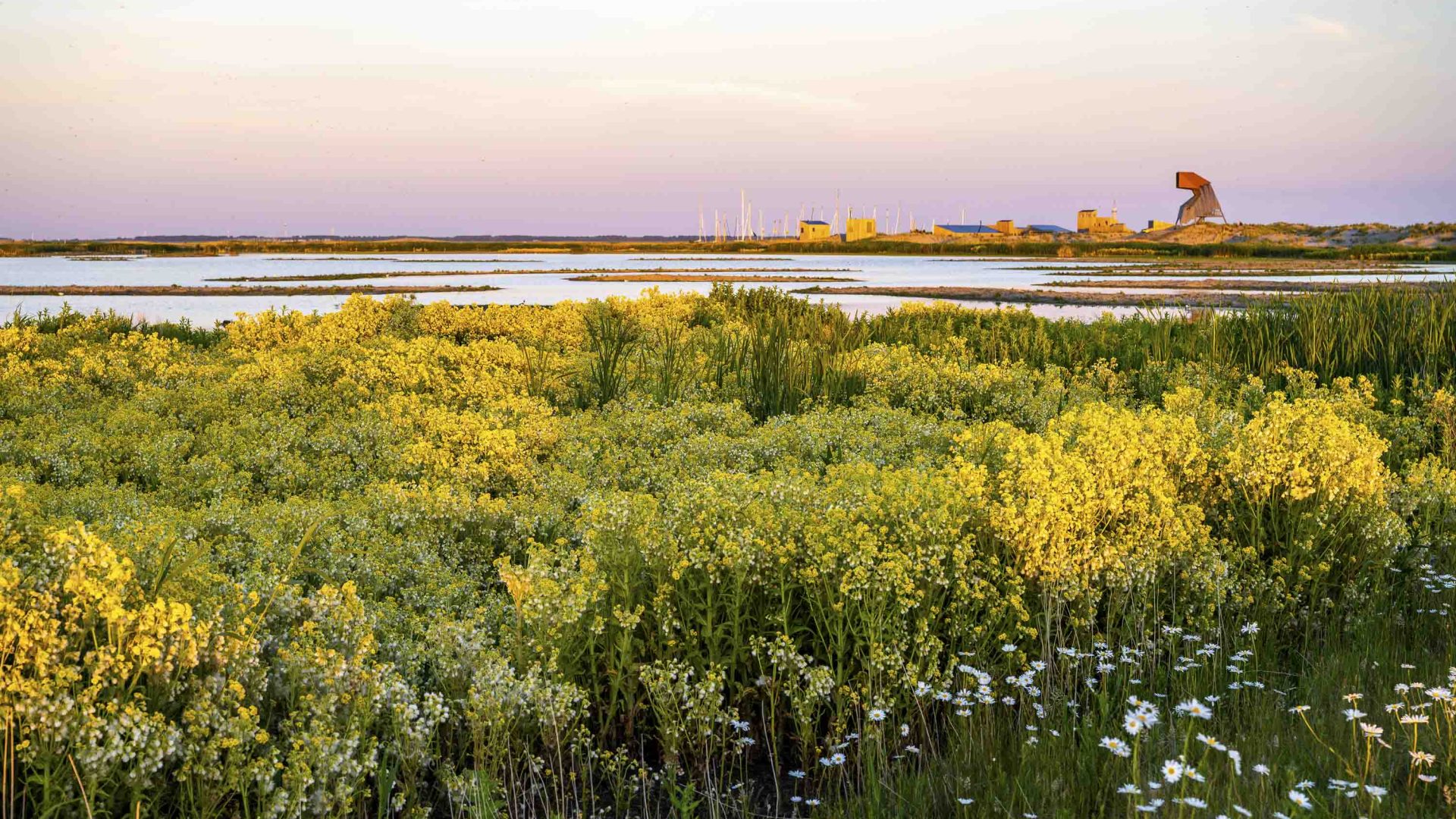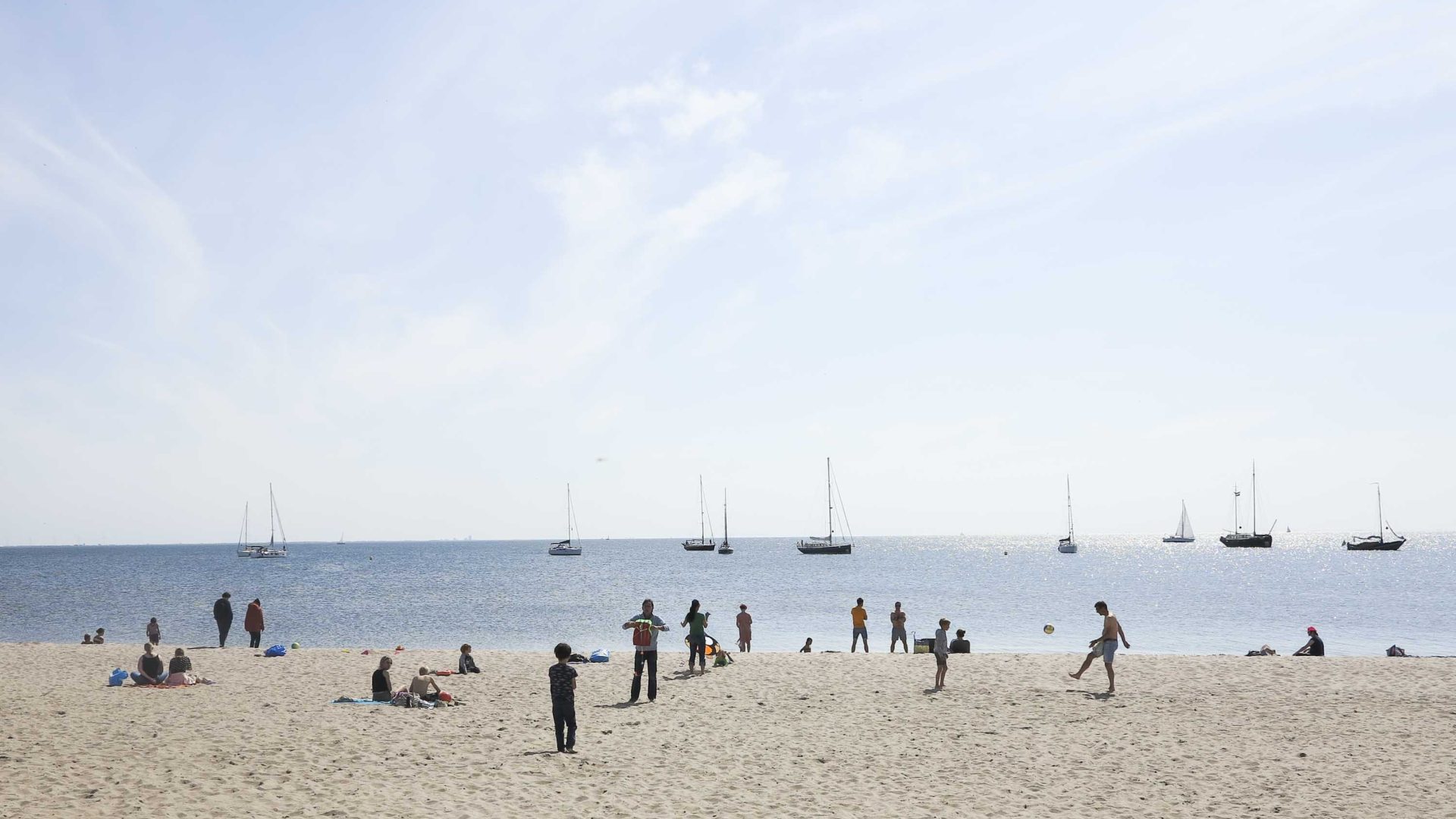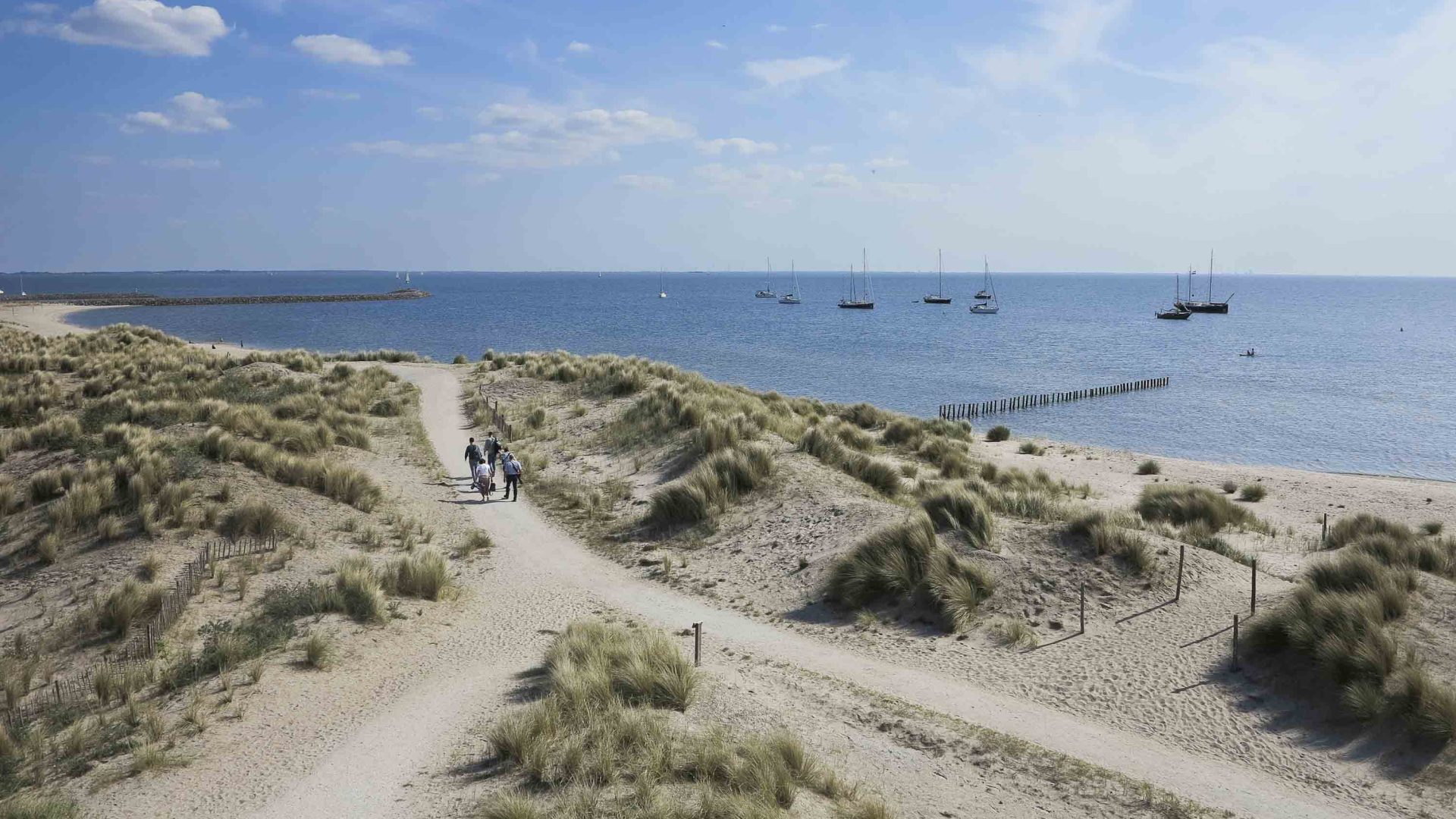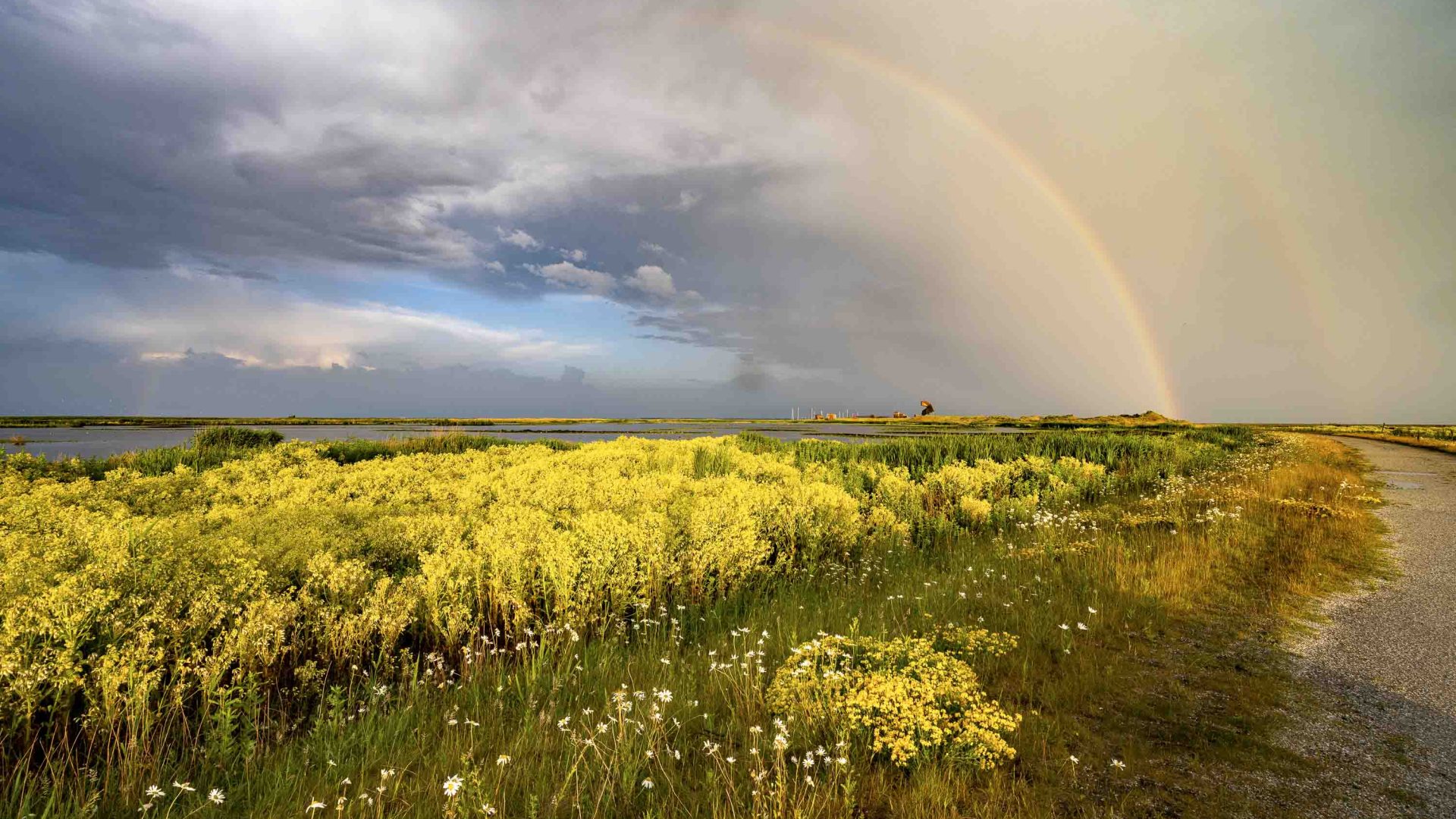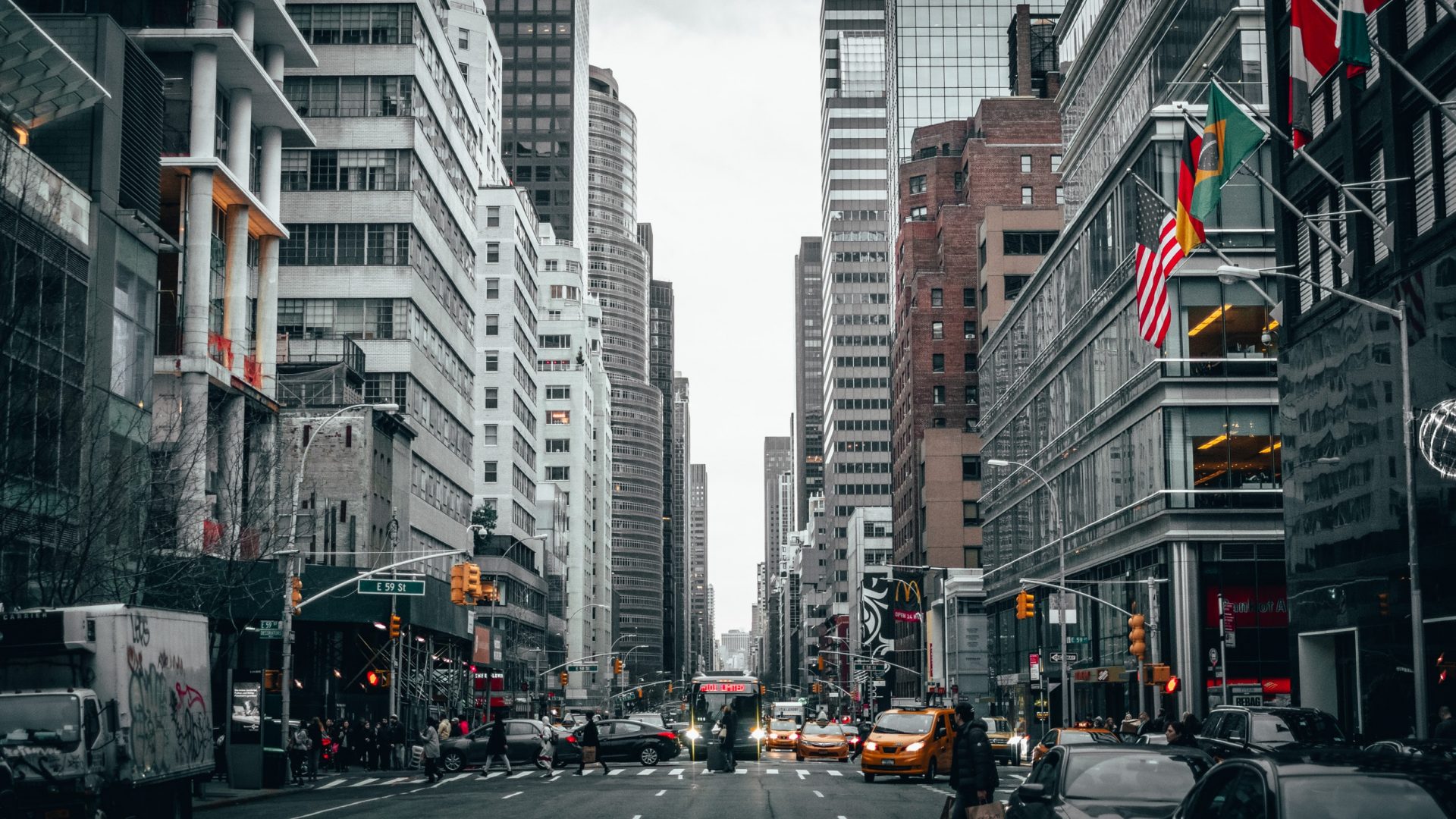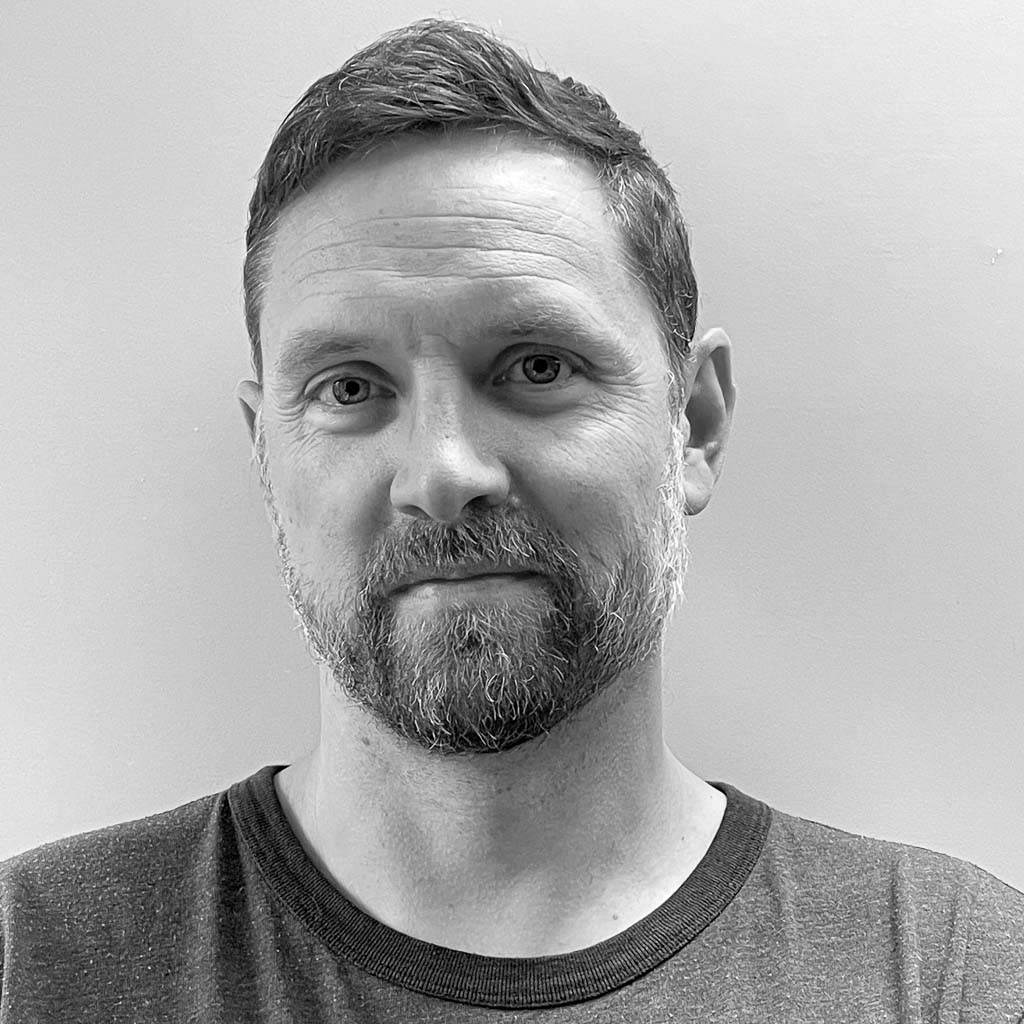It’s easy to fall under the spell of Marker Wadden’s charms, but protecting the islands against subsidence and erosion will be expensive. Posthoorn explains that it will be Boskalis’ responsibility to take care of any maintenance until the end of 2030. But the project currently lacks funding for further maintenance in the future.
Lorie Staver, a plant ecologist at the University of Maryland, points out that the Poplar Island project in the Chesapeake Bay was allocated $1.4 billion over a 45-year-period to fund dredged material placement, habitat restoration, monitoring, and maintenance, such as invasive species control—and that the project may accrue further expenses after the mid-2040s. “That’s a big investment,” she says. “You’re going to great effort to create these marshes [but] are they going to be there in 50 years?”
Abbott, who was highly critical of a proposal to build artificial islands on Utah Lake in the US, calls the Marker Wadden project “valuable and interesting” in its attempts to restore ecological value to the Markermeer. However, he points out that most mitigation projects have been largely experimental, and many are unsuccessful. “Let’s hope that this project is different,” he says of the Marker Wadden. “But if I were to make a prediction about where this may go, I think there is a high likelihood that through time the project is not self-sustaining and that it requires perpetual, large-scale human intervention to maintain what is ultimately relatively limited ecological benefit.”
There is also an unanswered question of whether the Marker Wadden is fulfilling its original aim to improve the lake’s water quality. De Rijk of Deltares says researchers currently lack evidence that islands have helped improve the water but that it “doesn’t mean the goal is not met.”
Wil Lases, a hydraulic engineer and water management expert who was not connected to the project, has a different view of Marker Wadden: he argues that it actually disturbed the natural development of the Markermeer, which he says was “very alive” with bacterial activity, generating a different type of biodiversity. “They claim repair of nature, but they don’t,” Lases says. “It is a misleading sales argument.”
Yet Van Eerden says he believes the islands “provided safety” to nature and placed “natural values at the right level,” particularly when it comes to bird life, which has been ailing not only in the Netherlands but across Europe. “It’s fascinating that if you add a certain function to an area by making this archipelago, you facilitate a whole world,” he says. “The combination of breeding habitat and food makes it all happen.”
Posthoorn says the Marker Wadden project should never be an excuse to “mess things up because you can improve it afterward,” and that conservation is “always preferable.” However, he says a concept like Marker Wadden can help when damage has already been done to a natural environment. “For a long time, I thought this [damage] was only a Dutch issue because a large part of the Netherlands is manmade,” says Posthoorn. “But if you travel a little bit around the world, you see that every coastal area is heavily developed.”
“As human beings, we have a lot of creativity in destroying things,” he adds, “but we can use the same creativity to improve it.”

